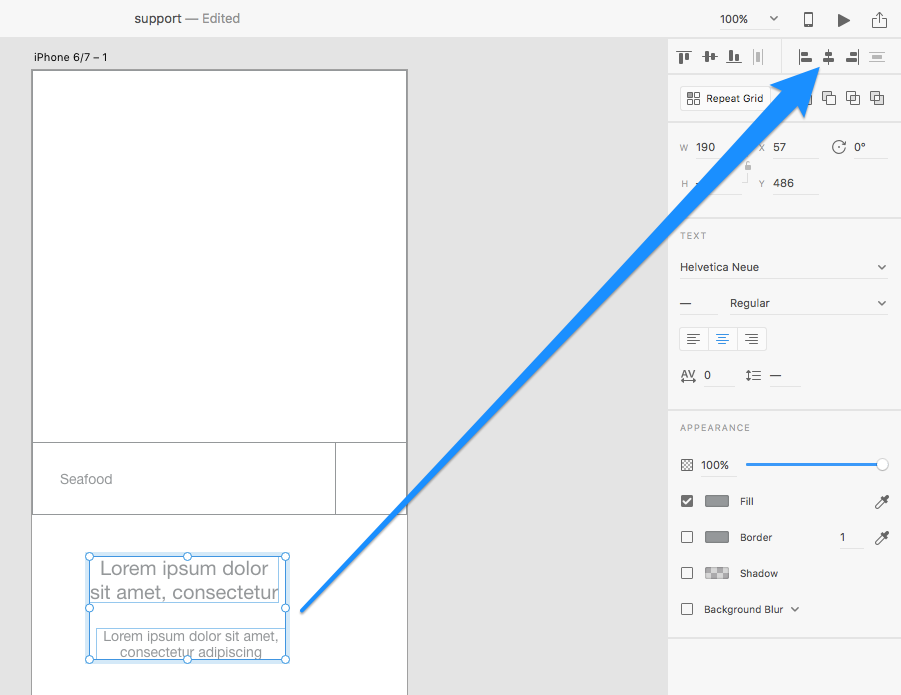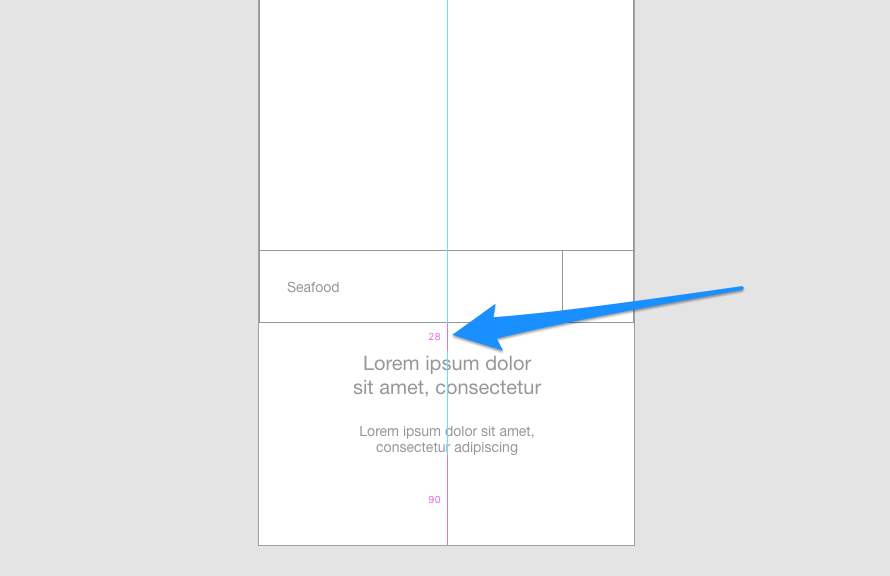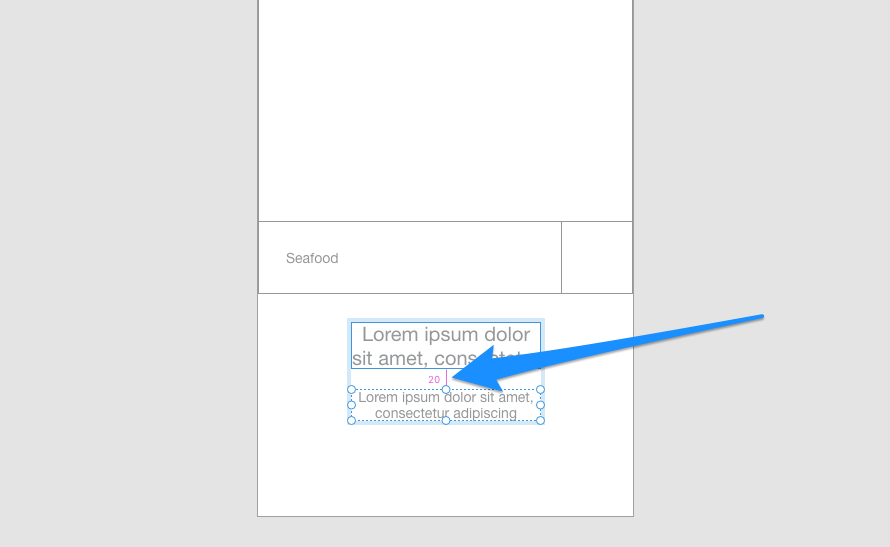Original Source: http://feedproxy.google.com/~r/1stwebdesigner/~3/lRFWskyidhg/
In society, success is often portrayed as having pretty close to a singular definition. We think of a successful entrepreneur driving a Tesla and living in the smartest of smart homes. Or we see the opulence of a big shot executive “living the life”, as they say.
But success is a very personal and subjective thing. There is no right or wrong definition because it’s a matter of what is in our hearts. My measure of success may be different than yours. But does that mean we should still take the same approach to achievement?
While traits like hard work and integrity will always be shared factors, how we approach our freelance design businesses should better reflect our personal definition of success. Here are some ways to tailor your business to help you get to your happy place.
Focus on the Right Types of Projects
For some people, part of what defines success involves working on specific kinds of projects. Fulfillment may come in the form of designing websites for non-profit organizations or a favorite sport. Others may not care about industry so much as they care about luring projects that pay big money.
The point is to figure out the types of projects that will get you to where you want to go. From there, it’s a matter of marketing yourself to whatever niche that interests you.
Of course, this is much easier said than done. The realities of running your own business sometimes mean having to take on projects that aren’t necessarily aligned with your vision of success. But that’s okay – so long as you don’t get stuck with something that interferes with your long-term goals.
Indeed, unless you already have industry connections, pointing your business towards a specific type of project is often a process that takes time. But once you get your foot in the door, it can open up all sorts of possibilities.

Think About Where, When and How Much You Work
Success can be greatly influenced by your work environment. When you think about it, this is an area that both affects and defines our success. If you’re cranking out websites from a place you don’t want to be, it’s going to be that much more difficult to do well.
But it also goes well beyond just location. There are a number of scenarios where part of our success is not only where we do our work, but also the time we spending working. Consider three of the most common ones:
Being a Parent and a Designer
Freelancing provides a great opportunity for parents to both make a living and be there for their children. Personally, it allows me to get my daughter to and from school, along with the chance to spend extra quality time with her. So for me, working standard daylight hours at home is the right situation. Weekends are generally off-limits unless absolutely necessary.
This can be a fairly simple arrangement in terms of initial business setup. The biggest challenge is that there are interruptions in the day that can be a bit chaotic. But being at home certainly makes any chaos easier to handle than it would be at a traditional office.

Putting the ‘Free’ in Freelancer
There are many designers who use their freelance career as a vehicle to pursue other passions like travel or volunteering. Therefore, the flexibility to work your own hours is a big deal. It’s also a bit more of a challenge to achieve.
Working odd hours really depends on the type of clientele you have. Some gigs demand that you to be available during “normal” business hours. And being in the office less than the standard 5 days a week can also take some careful planning.
Still, it can be done. It’s all about finding an equation that a) lets you work a personalized schedule; and b) enables you to make a living. If you’re really passionate about something, you’ll find a way to make it all work.
Hitting the Big Time
Those looking for big ticket projects may take a different tact to freelancing than the two scenarios above. For one, higher level projects might mean working with big companies. While some clients may be comfortable with remote meetings, others may prefer to meet you in person. This means either traveling or having a meeting space may be necessary.
The other major consideration here is the amount of extra work involved. Even if you’re managing other freelancers, there could be plenty of nights and weekends filled with work (not to mention the time spent marketing yourself).
If this sounds like your jam, then focusing on process efficiency can do wonders for keeping everything running smoothly. Establish a process for how projects get done on-time and on-budget so that you can keep that money machine cha-chinging.
When Progress is Slow…
One of the best aspects of being a freelancer is the ability to do things your own way. That’s a big responsibility, though. It’s easy to get into bad habits that end up hurting your chances to live and work the way you want.
So, if you’re not seeing the progress you hoped for, it may be time to take a hard look at how you’re running your business. While bad luck can play a role, most often you’ll find that are specific things you could be doing differently.
When it comes to your financial situation, scrutinize how much you charge and how you collect payment. Web design, in particular, is an industry where prices run the gamut. You want to make sure that you’re not charging too much or too little.

As for collection, ask yourself if you’ve made it easy enough for people to both receive invoices and make payments. For example, I noticed that not long after I started accepting online payments, I had a significantly lower number of clients who were late with payment. While online payment processors usually charge a fee for every transaction, I found that this was a worthy tradeoff over being stressed out by unpaid invoices.
It’s also vital to review the services you offer. Are you providing services that don’t fit in with your goals? Do your services set you up for a predictable stream of income? While it may be hard to fully weed out services that aren’t in your best interest, you can always grandfather them out over time. Or, you might structure pricing in such a way that it’s much more worthwhile.
Lastly, review just how organized (or not) you are. If you find that you’re always scrambling to put out fires, you might want to invest some effort into better organizing your average workday. There are plenty of tools and services out there to help. If something makes your life easier and doesn’t require you to sacrifice quality – go for it.
Creating Success on Your Own Terms
Being a freelancer puts you in a unique position to determine your own present and future. It enables you to achieve the kind of success that reflects who you are as a person.
But getting there requires a thoughtful approach. Simply working day-to-day without regards to your goals isn’t enough (I now know that from experience). The key is to find out what it is you want and then implement any necessary changes in order to make it a reality.
It may take some time to get there, but that journey is part of the fun.





























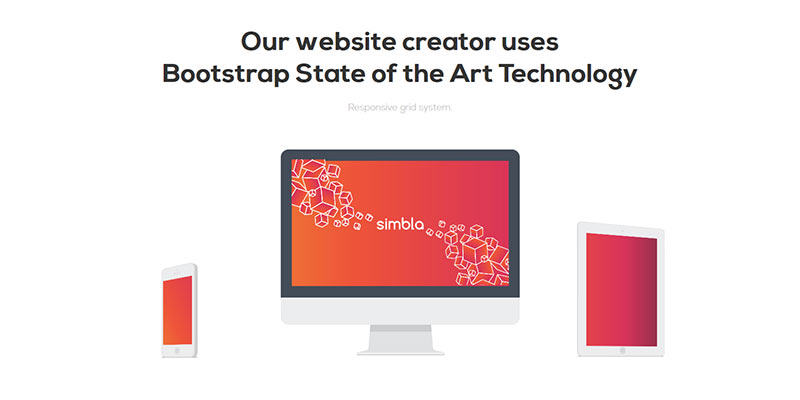
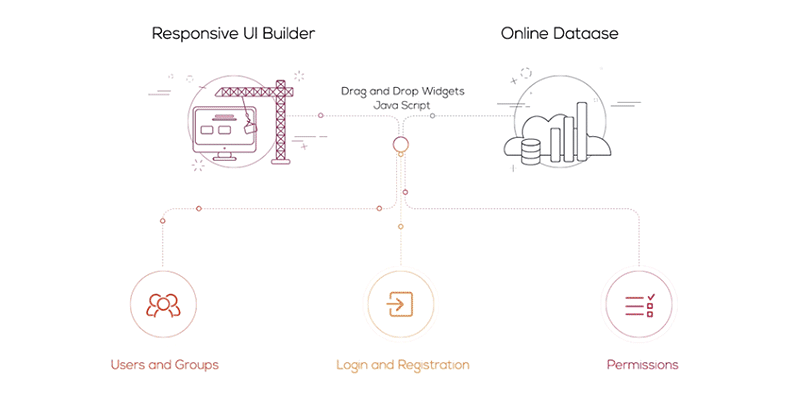
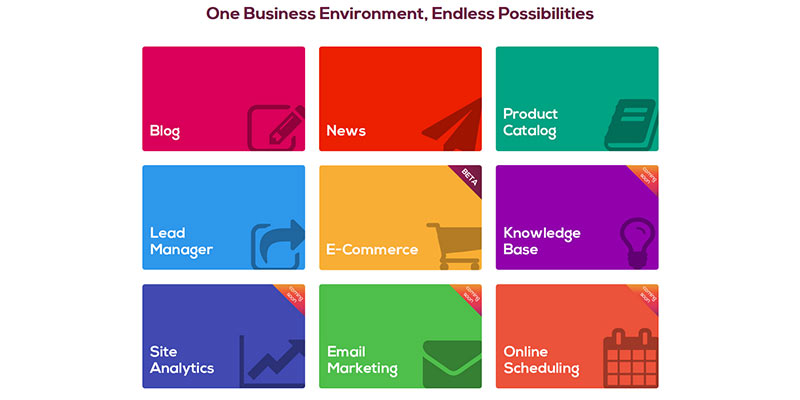
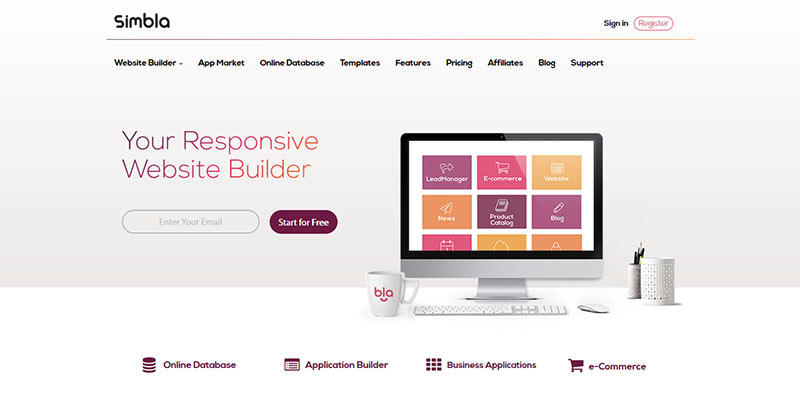




































 Uber Sign Language
Uber Sign Language




